A strong and hot wind suddenly begins to blow from the desert. The flames of the oil refineries chimneys' around the city of Ahvaz bend all in the direction of the Persian Gulf as they were the candles of a birthday cake.
The sound of a drum roll arrives from the road, a festive crowd advances in the dust raised by the wind. As in all other Iranian cities, the Shiites are celebrating Ashura. Ghaffar goes to the window, he would like to be with them, but this year he can not. He is in a hospital waiting for a kidney transplant. In the room number five of the female transplants unit, the rhythm of the drums does not stop the cheerful chatter of the three girls hospitalized. Tandis and Chaman are showing the scar on their chest, they received a kidney and now they are recovering. Narin watches the engraved signs on their bodies, she will have one of these scars too, she has sold a kidney to Ghaffar. Iran is the only country in the world where it is allowed to sell a kidney.
The "Rewarded Gifting" act was approved by the Iranian Board of Ministers in 1997, two years later the waiting list for a kidney transplant was almost disappeared. The state guarantees to the donor a cash reward, about 400 €, and one year of medical insurance. But the "rewarded gifting" is mainly based on private transactions.
Outside Iranians' hospitals there are thousands of ads, "A+ 25 years, I sell my kidney", or "B neg sells kidney, 33, a bargain". Blood type, age and phone number, are the essential informations that are reported. The closer you get to 35, maximum age to donate a kidney in Iran, the more the price drops. "I wanted to become a teacher, but I had to stop studying because of the disease. In these years I had only one purpose, to find a donor". Ghaffar has called hundreds of numbers and has found 72 possible donors with his own blood type, they were all rejected by the doctors due to incompatibilities, or because of their poor health conditions. "One year ago I found a donor, Ashkan, he passed all compatibility tests, but he escaped with the money three days before the operation. I was desperate" says Ghaffar. "Few months later, I saw the announce of Narin. I called her, she wanted 20 million Toman, I could offer her only 13. In the end we agreed to 15 million (4.900€)".
The experience of Ghaffar is an exception in Iran. Only the wealthies can afford to buy a kidney spending an amount of money equal to two years' salary of a public employee. "We sold all the family lands to pay for the transplant", says Gholamreza, the father of Ghaffar. "We had to choose between the sustenance of the family, or to save a son, we preferred Ghaffar. But how we will live now?". Also Narin comes from a poor family. She just got married, but her husband and her are both unemployed, so they are living in the parental home.
They are part of the many young Iranians out of work because of the collapse of oil prices and the economic crisis. Narin refuses to talk about the reasons of the kidney's sale, "it is an act of altruism" she says. Ghaffar explains "I hosted Narin and her husband at home for a few days before the surgery, we got the chance to know each others better. In Iran it is a shame for a married couple to still live with the parents. With the sale of the kidney, Narin and her husband will be able to rent a house and settle down, at least for a while. They hope that the price of the oil will raise, so that there will be more job opportunities".
Lari Zadeh, president of Kidneys Transplant Association of Ahvaz thinks that "one kidney can be enough. The kidneys are organs used to cope with high workloads increasing their volume and capacity". But for the World Health Organization the sale of a kidney should be banned. The Istanbul Declaration affirms "transplant commercialism targets impoverished and otherwise vulnerable donors, it leads inexorably to inequity and injustice and should be prohibited". Ana Manzano, researcher at the Centre for Health, Technologies & Social Practice at the University of Leeds, explains "it is a form of exploitation of the poors, the ones who are in need of money decide to sell a part of their body in order to survive". But the risks can be high. According to Manzano "there are no long-term studies on the health of Iranian donors, for all we know, the more the donor is poor, the higher is the possibility that he loses the functionality of the remaining kidney because of a demanding work, or inadequate health care".
The morning of the transplant Ghaffar is nervous, he does not speak. We ask to attend the intervention, but the surgeon opposes "you can not take pictures, you should not even be inside the hospital". We remain outside the door of the operating room. Narin goes first, then comes the turn of Ghaffar. After four hours, the intervention finishes successfully. Ghaffar will remain under observation for three weeks. While Narin will be back home in three days. When he wakes up from anesthesia, Ghaffar starts to think about the future "thanks to Narin I will finally become a teacher".
One month later.
A sudden gust of wind bends the candles flames in direction of the desert. A group of people is waking around a freshly dug grave. Ghaffar has died. He didn't survive a rejection crisis. Narin's kidney today is buried with him in the graveyard of the village of Benshoar.
By Francesco Alesi and Luca Muzi
...
Published on The Observer (UK), The Guardian (UK), Days Japan (Japan), NZZ Am Sonntag (Switzerland), Dagbladet (Norway), Alpha Magazine (Dubai), Der Spiegel (Germany).
Awarded by Jury Prize at Days Japan International Photography Award.
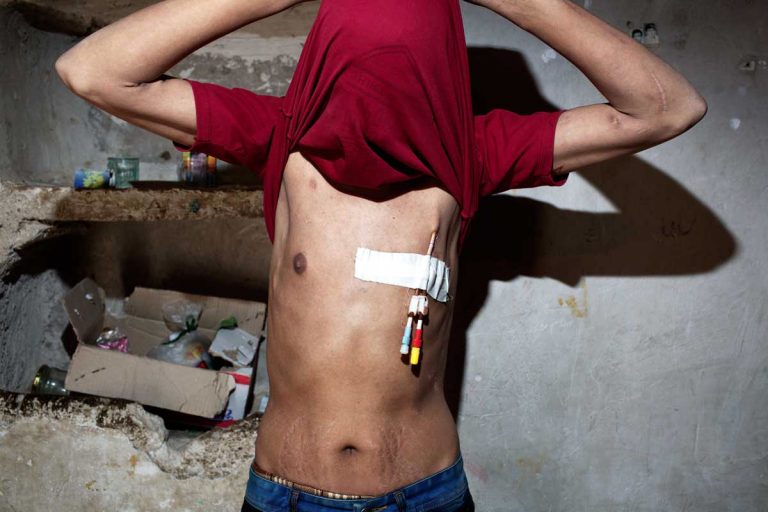
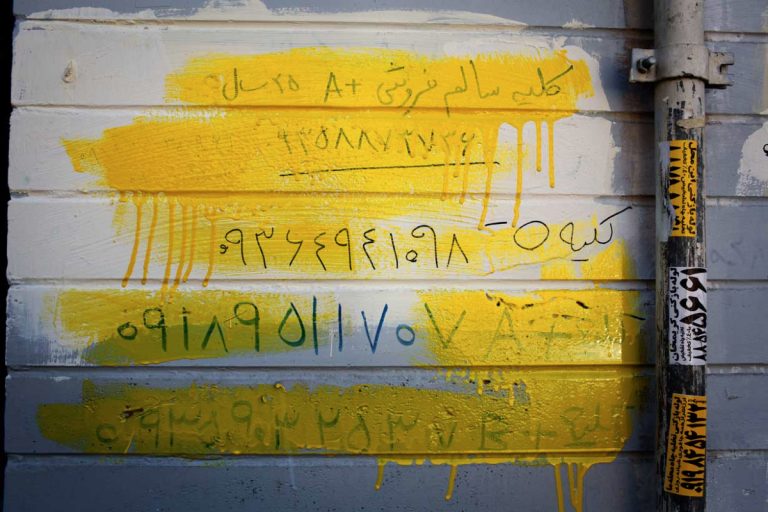

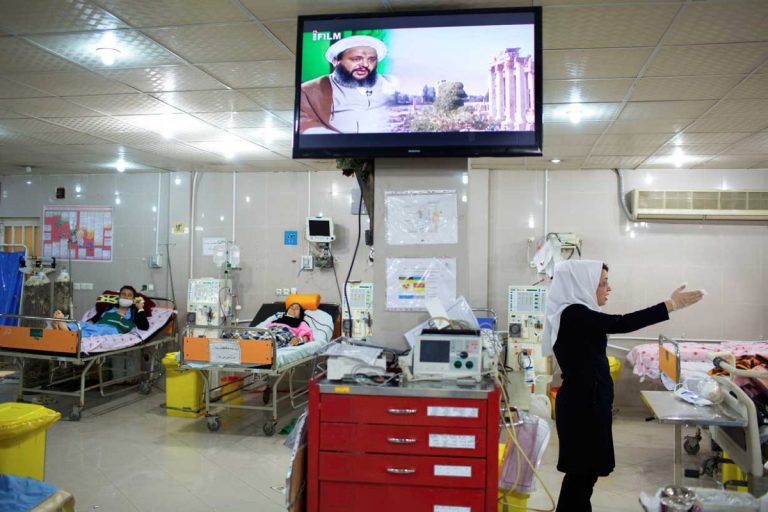


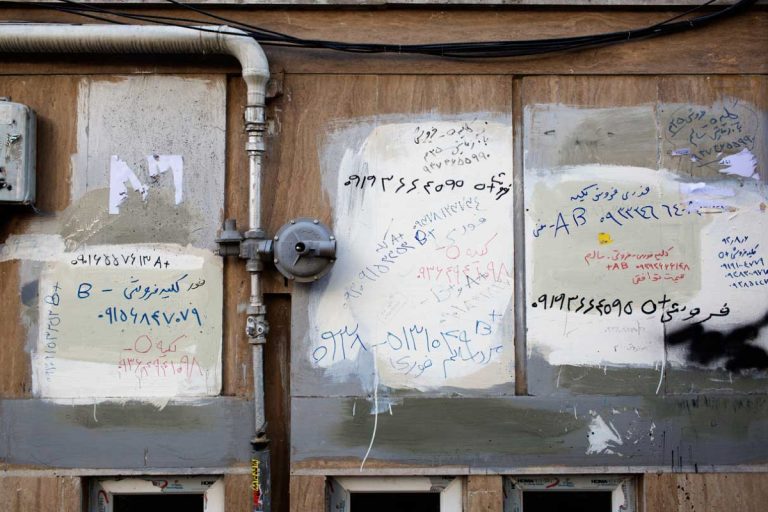

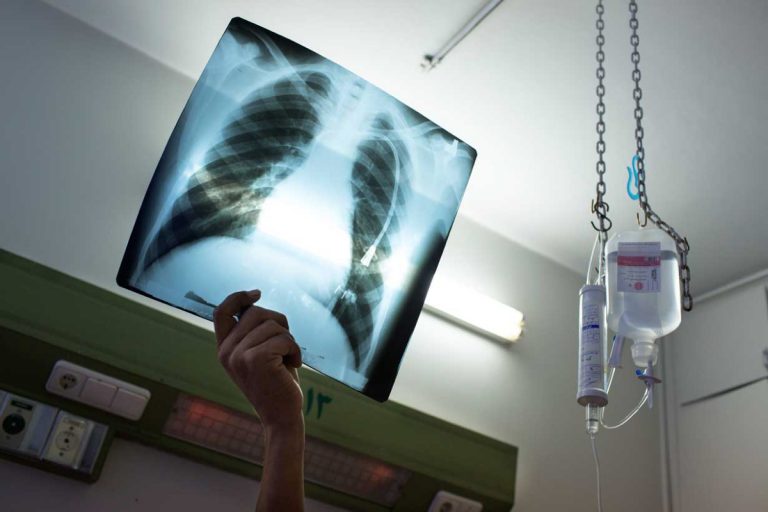

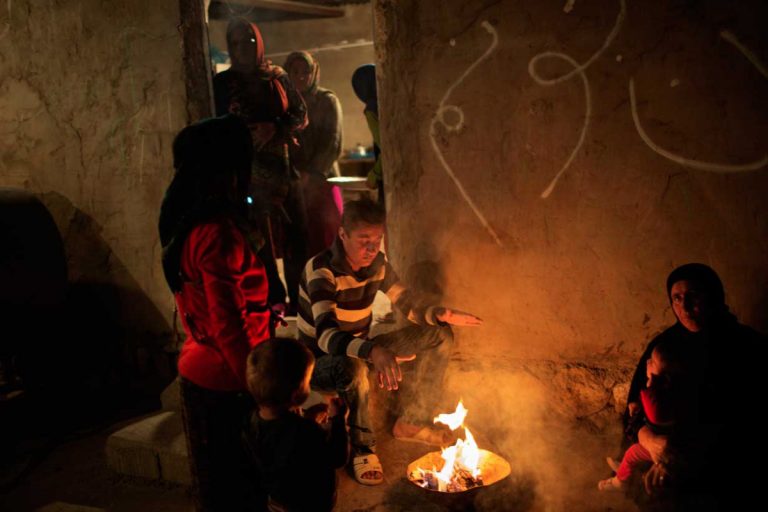
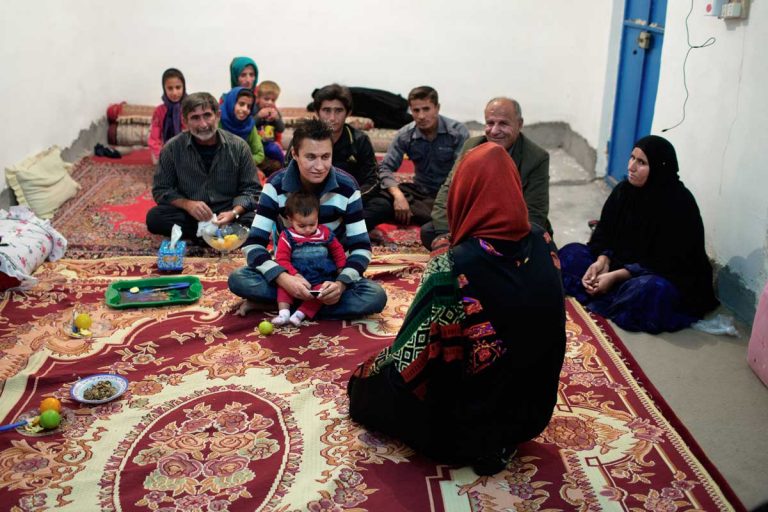
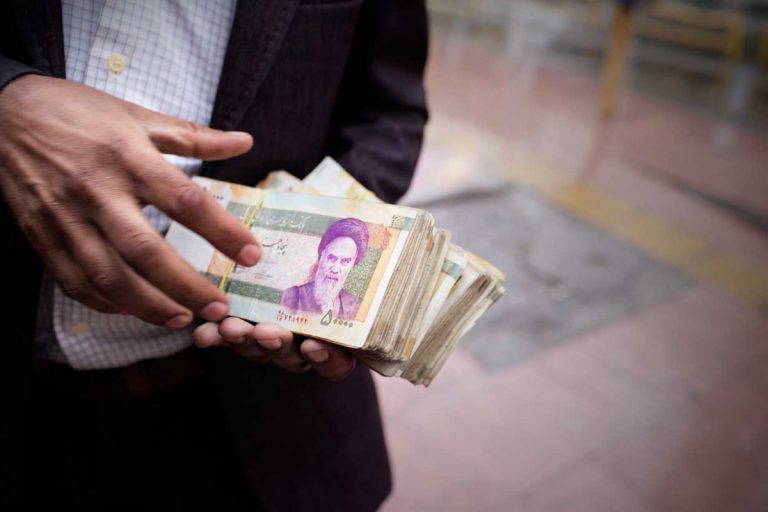
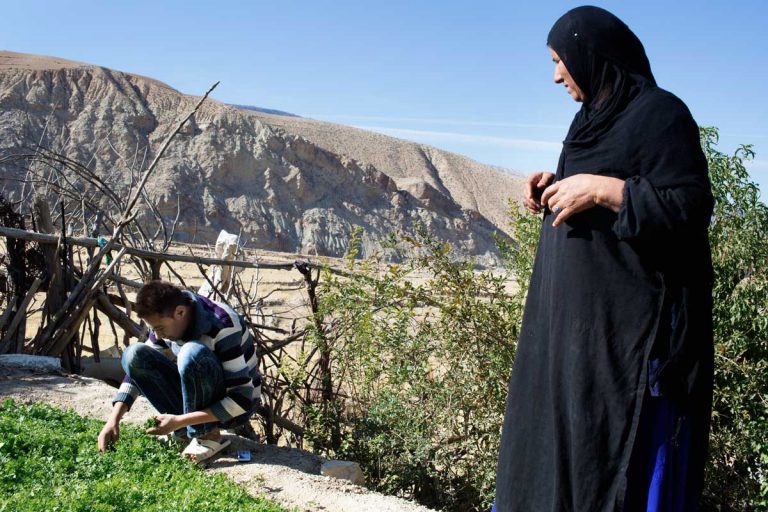


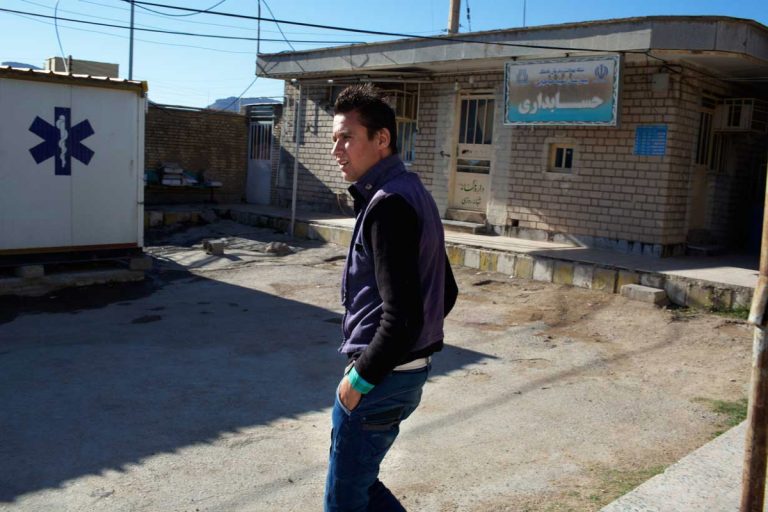


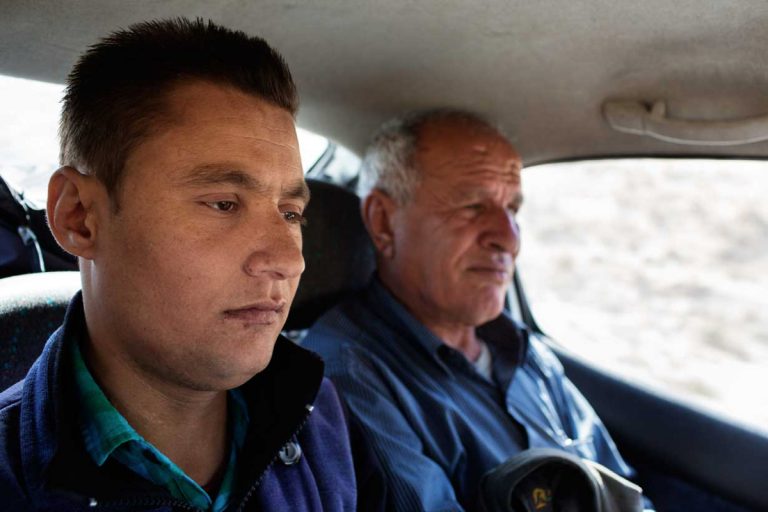
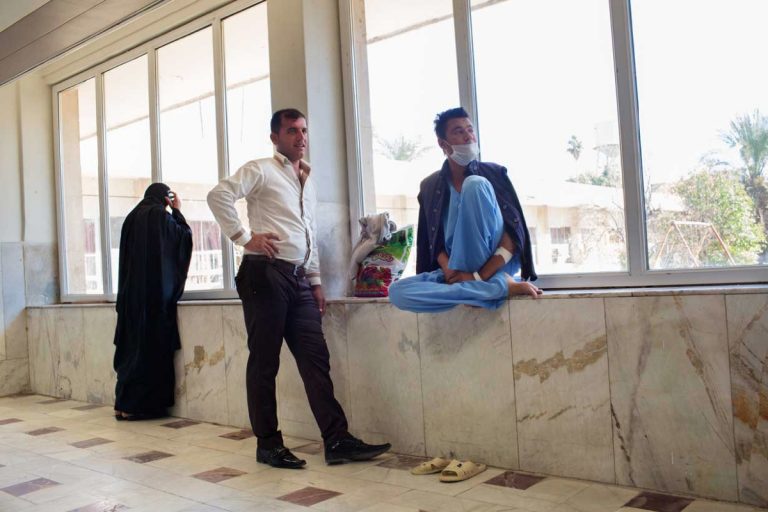

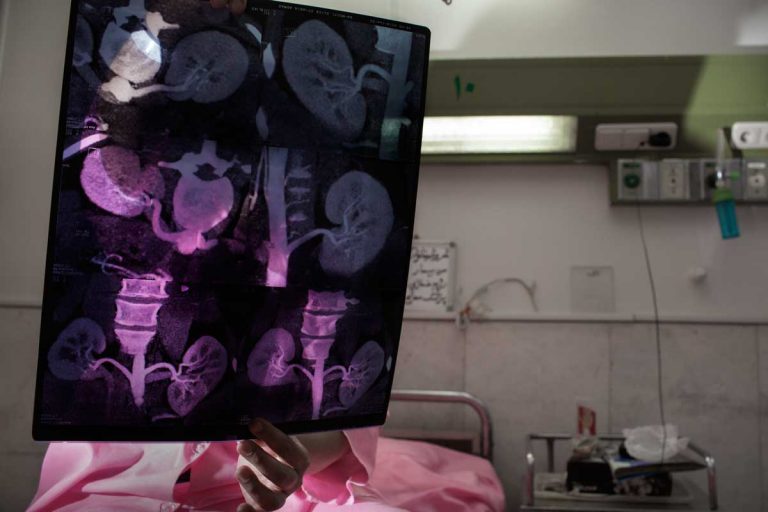
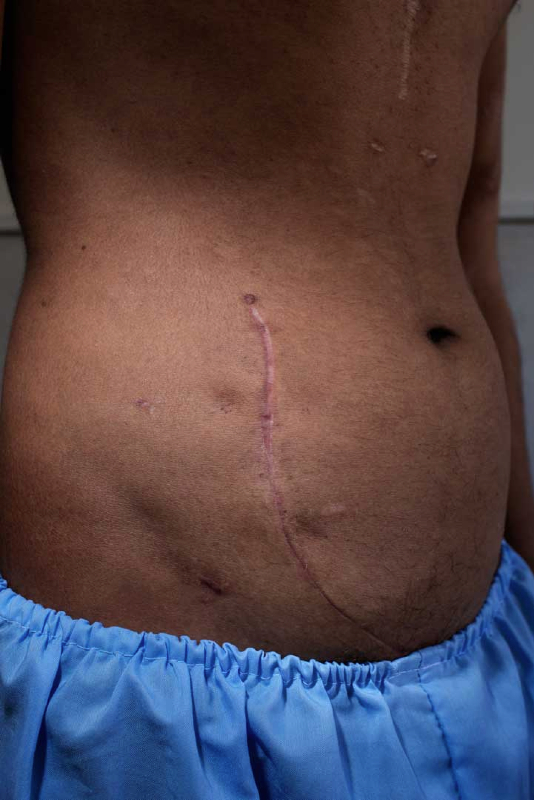


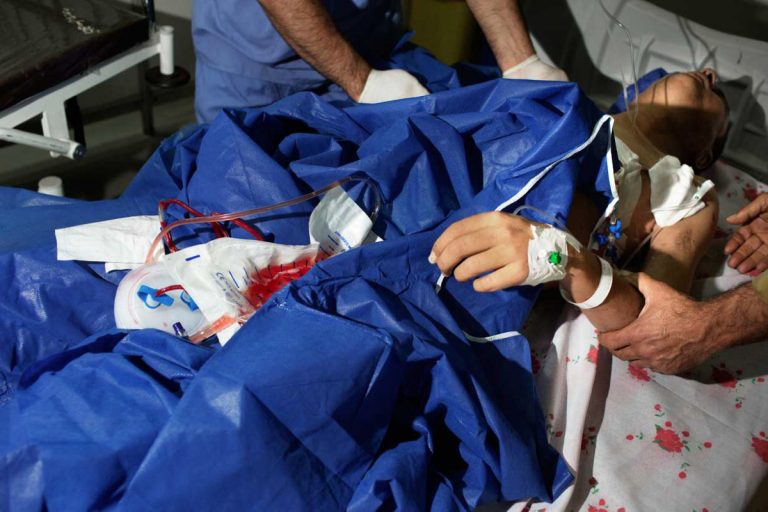

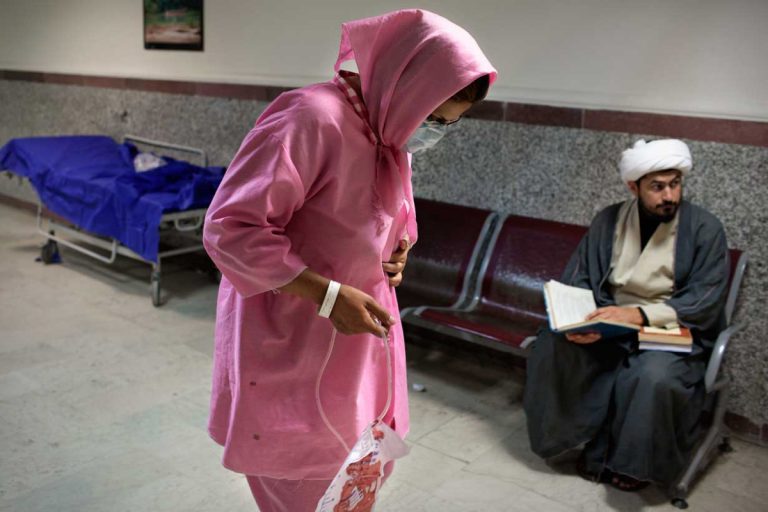
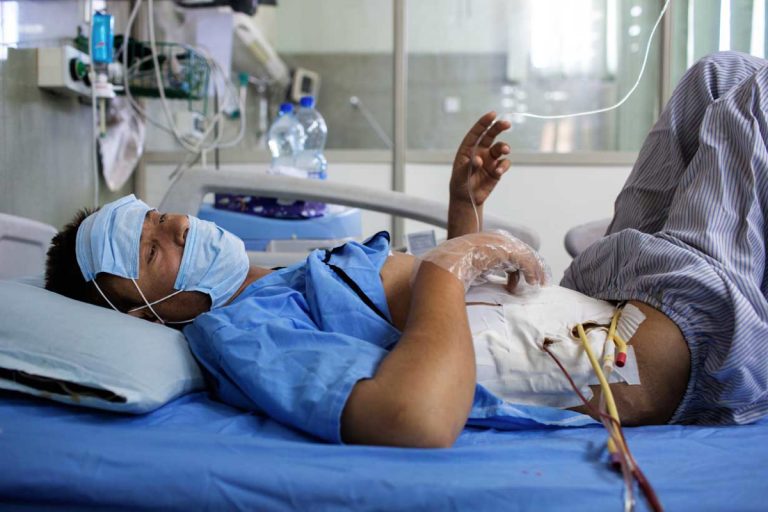
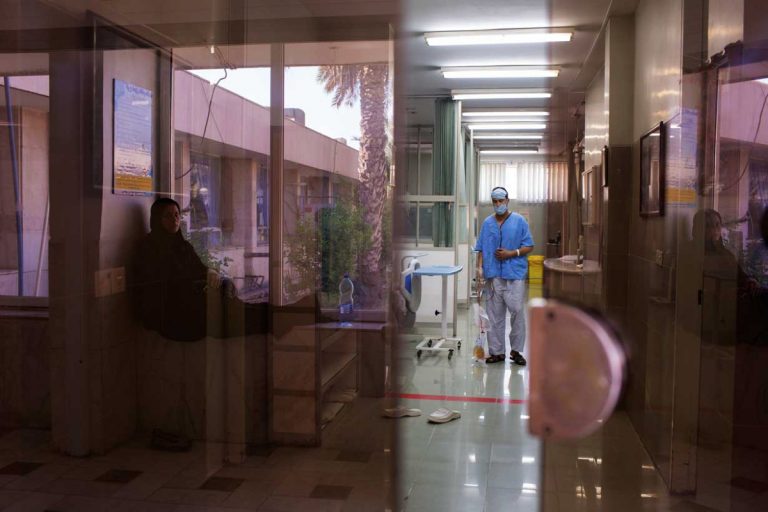
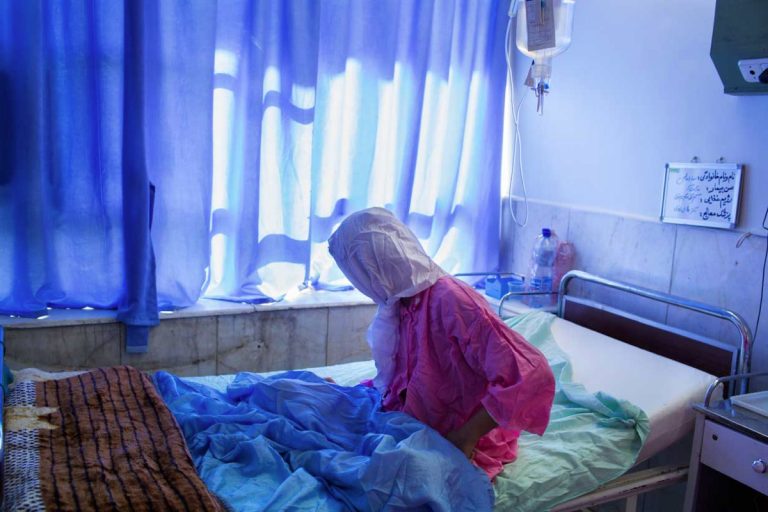

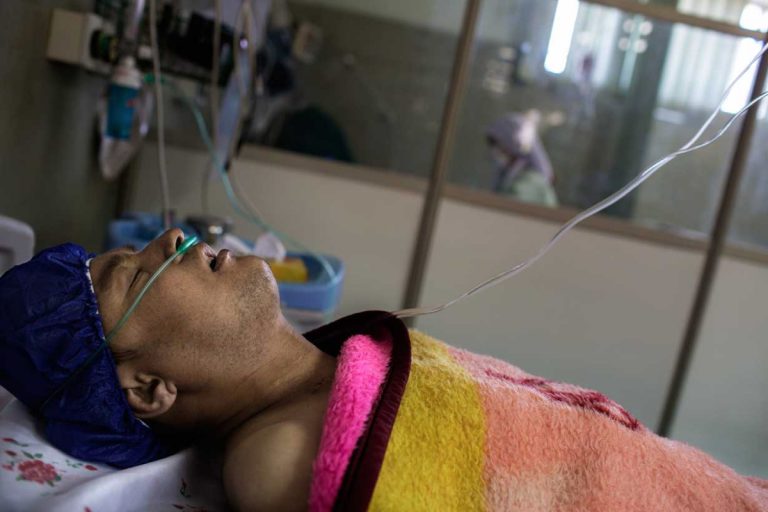
©2021 Francesco Alesi - P.Iva 10217571008 / Cookie Policy